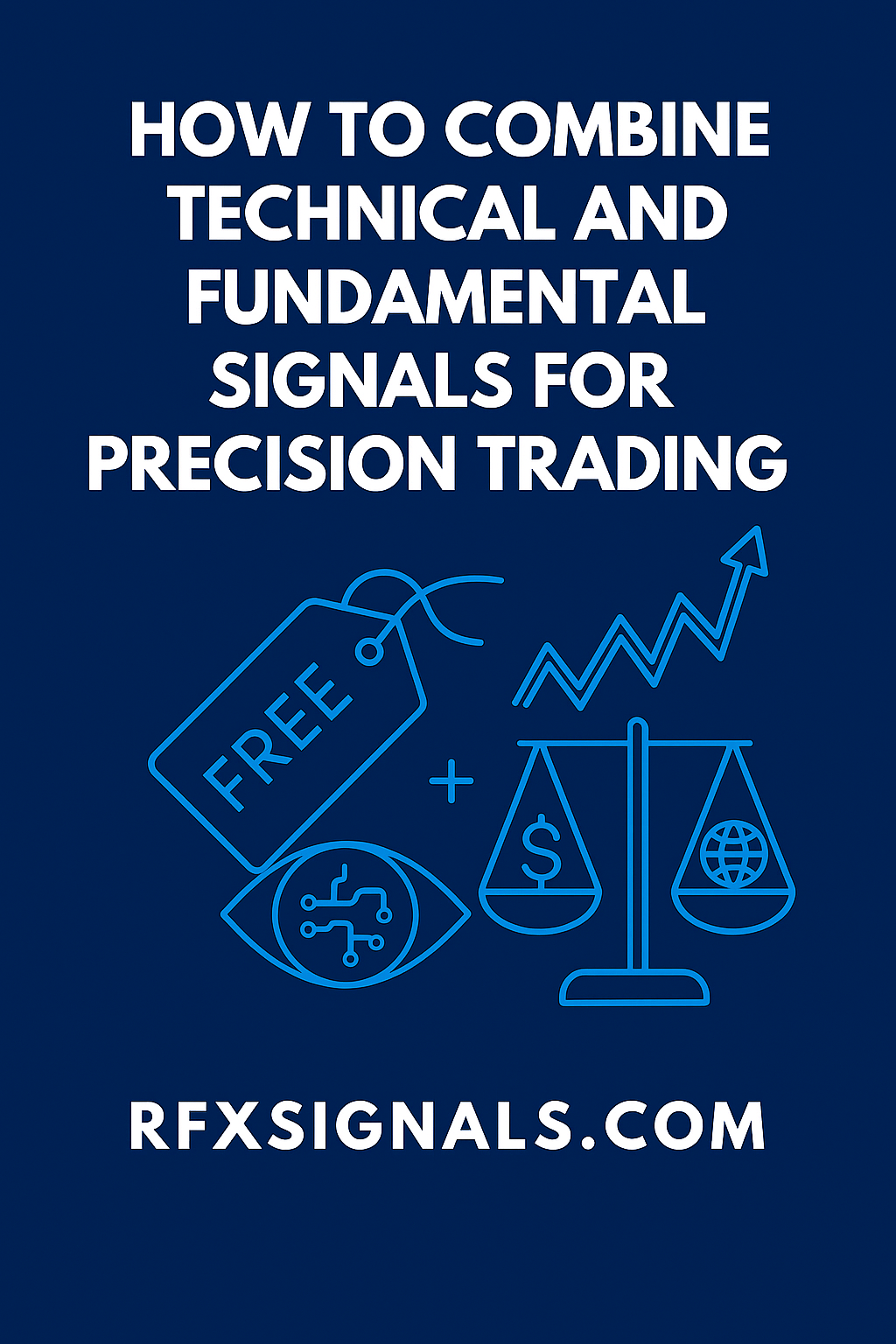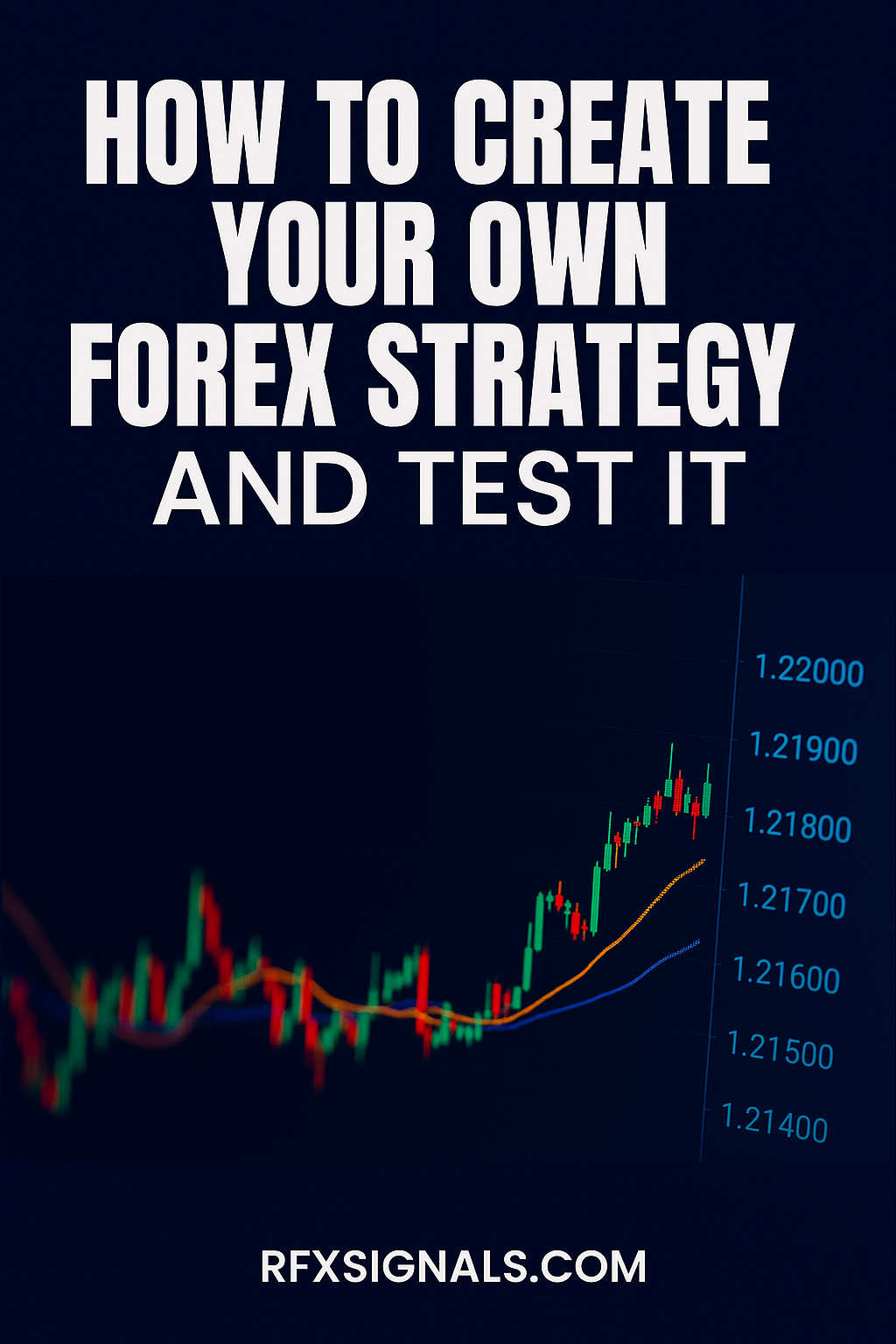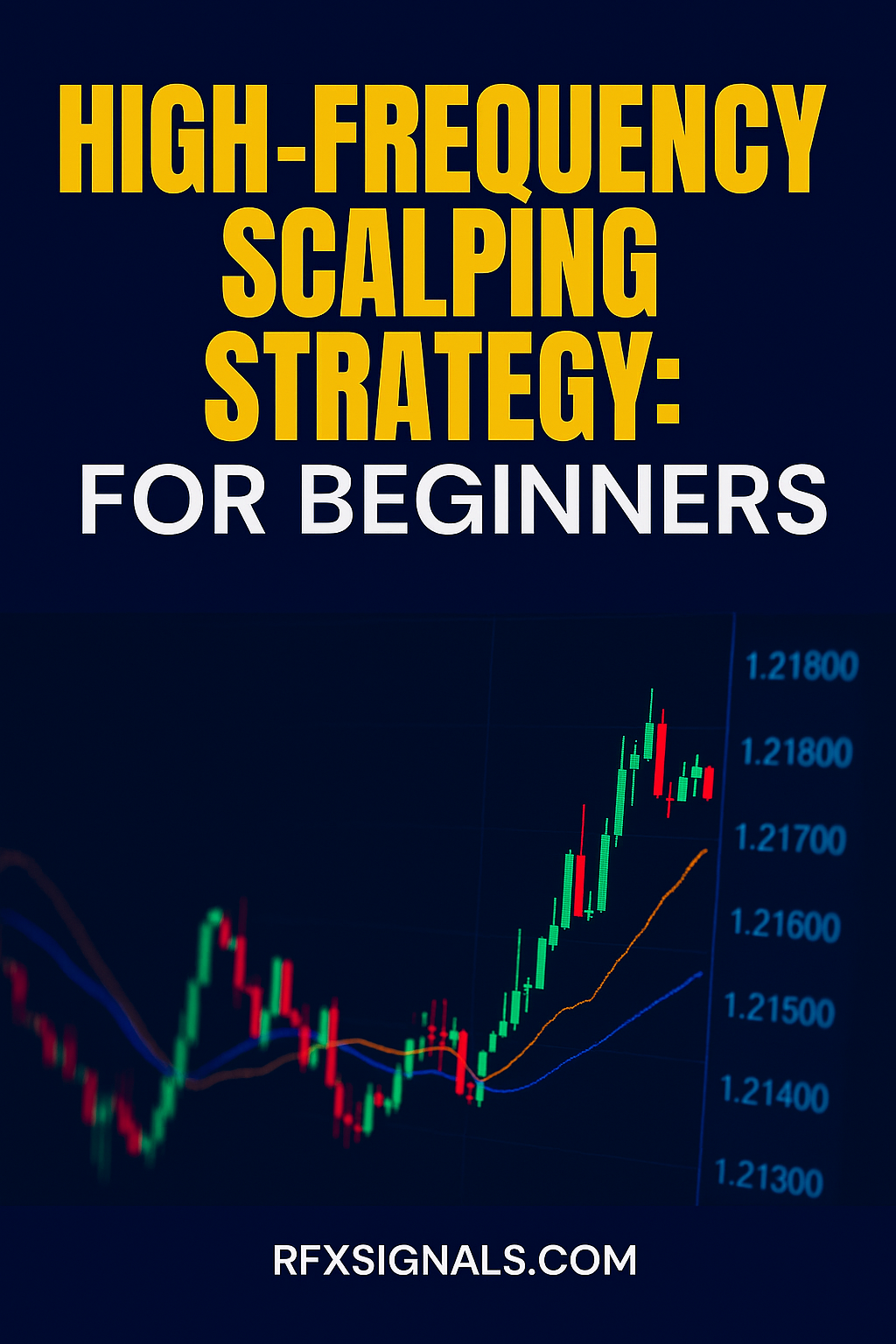
How to Combine Technical and Fundamental Signals for Precision Trading
By RTech RFX Signals ·
Blending technical indicators with fundamental data creates more informed, resilient Forex signals. This guide shows you how to align data, weight signals, backtest properly, and deploy combined systems with risk controls.
Introduction — why combine technical and fundamental signals?
Technical and fundamental approaches each offer strengths and weaknesses. Technical analysis excels at detecting short-term price structure and momentum. Fundamentals explain why a currency should move over medium to long horizons (interest rates, macro surprises, trade flows). Combining them gives you both timing and direction — a precision approach that reduces false positives and improves risk-adjusted returns.
Core principles for combining signals
Successful combination rests on a few core principles:
- Complementarity: signals should add independent information, not duplicate the same input.
- Time-horizon alignment: match fundamentals to appropriate technical horizons (e.g., rate decisions → daily/weekly, momentum → intraday/hourly).
- Robust weighting: use a systematic framework to weight signals instead of ad-hoc overrides.
- Practical execution: consider slippage, spreads and latency — especially when mixing overnight fundamental trades with intraday technical entries.
Step 1 — select reliable technical indicators
Pick a small, diversified set of technical indicators that capture distinct characteristics:
- Trend: moving averages (crossovers, slope) or ADX for trend strength.
- Momentum: RSI or MACD to catch overbought/oversold and momentum shifts.
- Volatility: ATR or Bollinger Bands for dynamic sizing and stop placement.
- Order flow / execution signals: where available, tick-based momentum or order-book imbalances for short-term entries.
Keep the number of indicators small to limit overfitting. Convert each to normalized scores (e.g., z-scores or 0–1 scaled signals) so they can be combined consistently.
Step 2 — choose fundamental data that matters
Fundamentals should explain economic pressure on currencies. Useful categories:
- Monetary policy: rate decisions, forward guidance, minutes and central bank speeches.
- Macro surprises: CPI, unemployment (NFP), GDP vs consensus — convert the surprise (actual − consensus) to a numeric feature.
- Balance-sheet & flow data: trade balances, capital flows, FX reserves where available.
- Sentiment & positioning: COT reports, options-implied metrics, and institutional positioning snapshots.
As with technicals, normalize fundamental features and create event flags (e.g., “high-impact release at 08:30 GMT”) to avoid leaking future info into your model.
Step 3 — align horizons and timestamps
Alignment is the most common practical mistake. Fundamentals have release timestamps and can change market regimes. Technical indicators are continuous. Use these rules:
- Tag each signal with a horizon (intraday, 1–5 days, 1–4 weeks).
- Don’t use future fundamental data when generating intraday signals; only use data that would be available at decision time.
- For event-driven trades (like NFP), define pre-event and post-event strategies with distinct sizing and stop rules.
Step 4 — signal fusion: weighting & rules
There are simple and advanced ways to fuse signals:
Rule-based fusion
Define rules such as “take trade only when both the trend indicator AND fundamental surprise point in same direction.” This is intuitive and easy to audit.
Score-based fusion
Convert every indicator to a normalized score and compute a weighted sum:
CompositeScore = w1 * TechTrend + w2 * TechMomentum + w3 * FundamentalSurprise + w4 * SentimentScore
Choose weights via domain expertise or optimize using walk-forward validation. Include a confidence threshold above which you take trades.
Machine learning fusion
Train a model (e.g., gradient boosting) on labeled outcomes using both technical and fundamental features. Use feature-importance methods to ensure fundamentals contribute meaningfully and that the model isn’t dominated by look-ahead artifacts.
Step 5 — position sizing and risk controls
When fundamentals are strong but technicals are marginal, reduce size rather than ignore either input. Use volatility-normalized sizing (ATR) combined with a maximum portfolio exposure, and apply dynamic stop-loss rules tuned to the combined signal’s confidence.
Backtesting best practices for combined systems
Backtesting combined strategies requires additional care:
- Use time-series aware validation (rolling windows, out-of-sample periods).
- Include execution realism: spreads, commissions, slippage, and delayed fills around news.
- Simulate event windows for fundamental releases — price moves may be instantaneous and wide.
- Report cost-adjusted metrics: net P&L, Sharpe, max drawdown and hit-rate by horizon.
Examples of combined signals
A few practical examples:
- Carry + Trend: Long a high-yield currency only when the price is above its 50-day MA and the carry spread is positive.
- Surprise + Momentum: After a positive CPI surprise for a currency, enter on momentum confirmation (e.g., RSI crossover) within a defined post-event window.
- Sentiment filter: Only take technical breakout trades when institutional positioning is not overcrowded per COT snapshots.
Monitoring and model governance
Combined systems must be monitored for regime shifts. Track feature drift (e.g., the predictive power of CPI surprises over time), and set retraining cadences. Maintain transparent logs for each trade that record which signals fired and with what weights — this makes post-trade analysis straightforward.
Practical checklist before going live
- Confirm timestamp alignment between price and fundamental feeds.
- Run a demo or paper account under your broker for at least 60–120 trading days.
- Stress-test during different volatility regimes and around major economic events.
- Define kill-switch rules (e.g., pause trading after a threshold drawdown or after multiple failed news trades).
Conclusion
Combining technical and fundamental signals gives traders the best of both worlds: timing plus economic rationale. The key is disciplined design — align horizons, normalize signals, weight them systematically, and backtest with realistic execution rules. Start small, paper-test, and scale only once you can reproduce cost-adjusted results consistently.
Want our combined-signal templates & demo datasets?
Download our starter pack: timestamped trade templates, normalized feature examples and ready-to-run demo notebooks for rapid testing.
Further reading
For fundamentals and execution best practices, see reputable resources like Investopedia, BabyPips, and central bank websites for primary-source policy statements.


